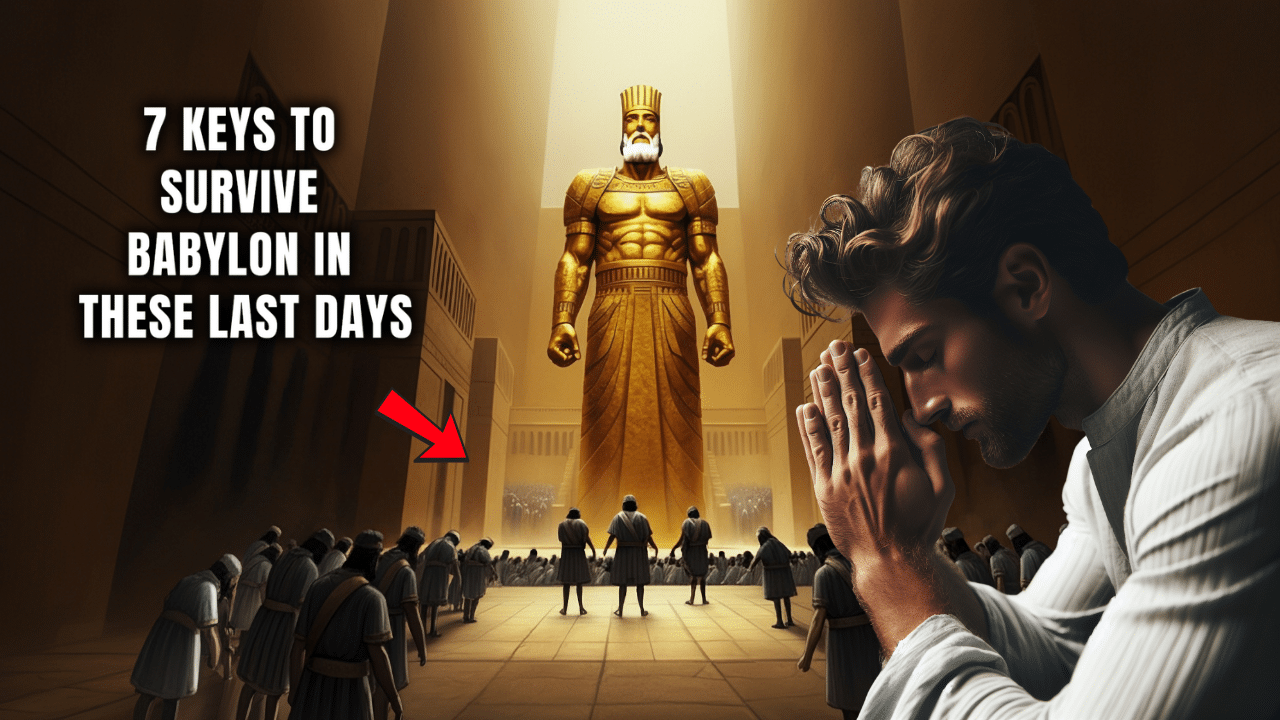(OPINION) Michael Snyder – Did you know that an asteroid just flew by our planet at an extremely close distance? The good news is that it was only about the size of a car, but the bad news is that NASA had absolutely no idea that it was coming.
In fact, NASA only discovered it about six hours after it had passed us. If NASA could not see that asteroid coming straight at us, what else is heading toward us that they cannot see? It has been estimated that “about 17,000 big near-Earth asteroids remain undetected”, but the truth is that we don’t really know how many giant space rocks are floating around out there.
Of course, scientists all around the world are doing their best to catalog new potential threats all the time, but what most people don’t realize is that this is an area where our technology is still very limited. The asteroid that almost entered our atmosphere on August 15th was hurtling toward us at 27,600 miles per hour.
In other words, it was traveling at almost 8 miles per second. That is fast. And according to the official NASA website, it came within just 1,830 miles of our planet… Near-Earth Asteroids, or NEAs, pass by our home planet all the time. But an SUV-size asteroid set the record this past weekend for coming closer to Earth than any other known NEA:
It passed 1,830 miles (2,950 kilometers) above the southern Indian Ocean on Sunday, Aug. 16 at 12:08 a.m. EDT (Saturday, Aug. 15 at 9:08 p.m. PDT). In astronomical terms, that is an extremely close shave, and NASA is openly admitting that “we didn’t see it coming”…
The flyby wasn’t expected and took many by surprise. In fact, the Palomar Observatory didn’t detect the zooming asteroid until about six hours after the object’s closest approach. “The asteroid approached undetected from the direction of the sun,” Paul Chodas, the director of NASA’s Center for Near-Earth Object Studies, told Business Insider. “We didn’t see it coming.” READ MORE










